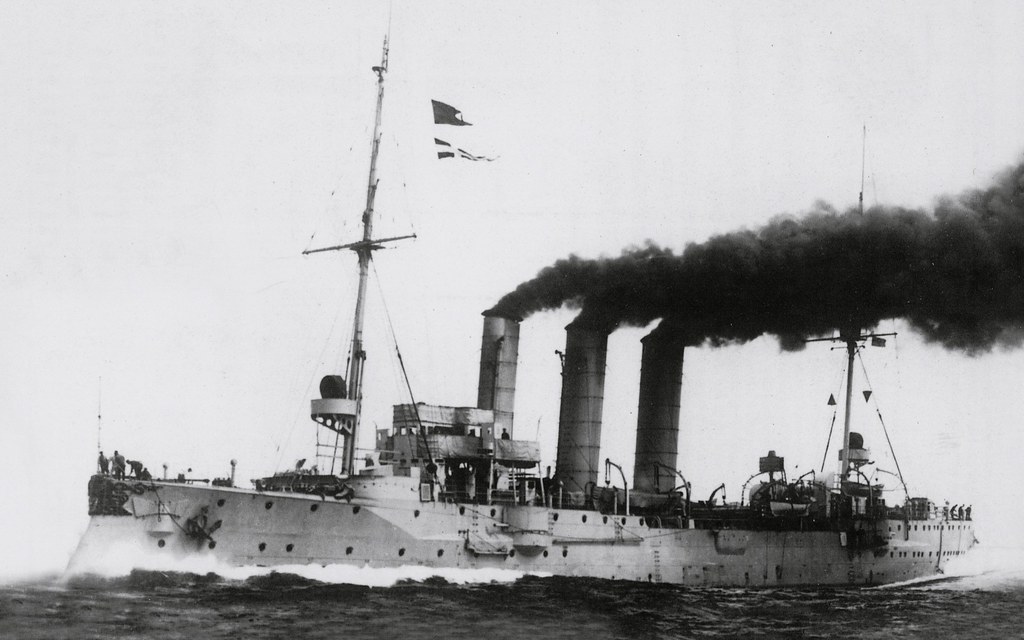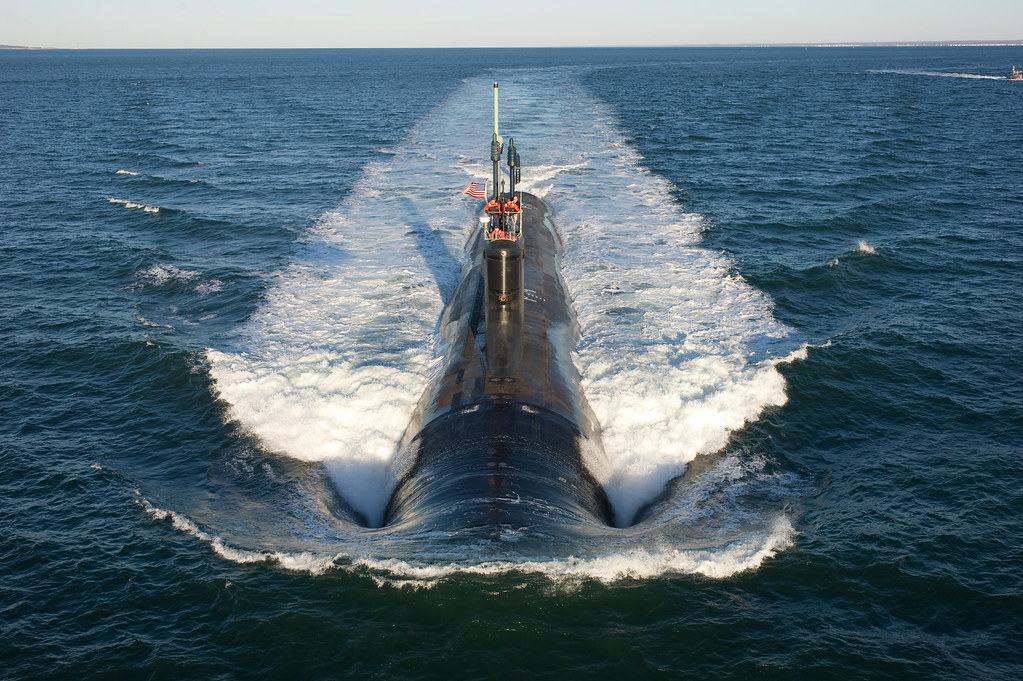
The fusion of stealth, technology, and naval dominance has given rise to an intriguing concept in modern warfare: the sub-carrier. As traditional aircraft carriers exemplify the United States’ commitment to global security and swift disaster response, emerging technologies hint at a future where submarines may not just lurk beneath the waves to launch missiles but could also deploy combat drones from their own “flat-tops.”

The U.S. Navy has already taken steps towards this futuristic vision, experimenting with drone launches from submarines. In 2013, the Sea Robin, a small recon drone, successfully took off from a submarine’s torpedo tube. The innovation continued with the development of the Blackwing, a stealthy UAV designed for similar covert operations.

Not only do these advancements in unmanned aerial systems (UAS) promise to revolutionize naval strategy, but they could also significantly enhance a submarine’s capabilities in hostile environments.

Defense expert Robert Farley aptly captured the potential of this technology, stating, “A submarine platform for launching drones would stand a better chance of surviving in hostile, anti-access environments.”

Israel has made similar strides with its Ninox 103, an undetectable reconnaissance drone capable of ascending from the ocean’s depths without revealing the submarine’s position. These burgeoning technologies suggest that sub-carriers could soon become a critical asset in guiding torpedoes and bolstering Navy SEAL operations.

The concept of combining the capabilities of a submarine with those of an aircraft carrier isn’t new. History offers several precedents, such as Germany’s SM U-12 during World War I and the Royal Navy’s HMS M2 in the interwar period.

The Japanese Imperial Navy pushed this idea further with the I-400-class subs in World War II, designed to carry and launch aircraft for surprise attacks.

While Cold War-era studies by the United States Navy flirted with the notion of submarine aircraft carriers, the significant size required for manned craft posed a considerable challenge. Today, the emphasis has shifted to drone capabilities, offering the promise of stealth and agility without the risk and complexity of carrying manned aircraft.

Revisiting historical encounters, such as the dramatic 1984 collision between the USS Kitty Hawk and the Soviet Victor-class submarine K-314, underscores the fraught nature of submarine and carrier operations during tense geopolitical eras. Such incidents highlight the strategic importance of naval capabilities in maintaining a global presence and ensuring maritime security.

Carriers like the USS Kitty Hawk, with their power projection and humanitarian assistance, have demonstrated their worth time and again. As the naval landscape evolves, so do the carriers themselves.

The U.S. Navy’s Gerald R. Ford class symbolizes the future, with technological improvements aimed at maintaining America’s maritime superiority.

This vision for the future aligns with the U.S. Navy’s ongoing efforts to adapt to new threats and opportunities, leveraging technological advancements to maintain a robust and versatile naval force.

The integration of UAS and the development of sub-carriers signal a pivotal shift, one that promises to redefine naval strategy and secure the United States’ place as a dominant force on the world’s oceans.

As the Navy continues to explore the realm of possibilities, the sub-carrier stands as a testament to innovation, a beacon guiding the way towards a new horizon in naval warfare.

With every technological leap, the United States reaffirms its commitment to security, preparedness, and the ceaseless advancement of military capabilities.
Relevant articles:
– The Sub-Carrier: Merge Together An Aircraft Carrier and Submarine, The National Interest
– 80,000-Ton US Aircraft Carrier Collides With Russian Submarine – Recalling ‘Scary Accident’ Between Two Nuclear Warships, eurasiantimes.com
– The SubCarrier: Can the Navy Merge An Aircraft Carrier and Submarine?, The National Interest
– Important Links and Info, Commander, Naval Air Force, US Pacific Fleet (.mil)

